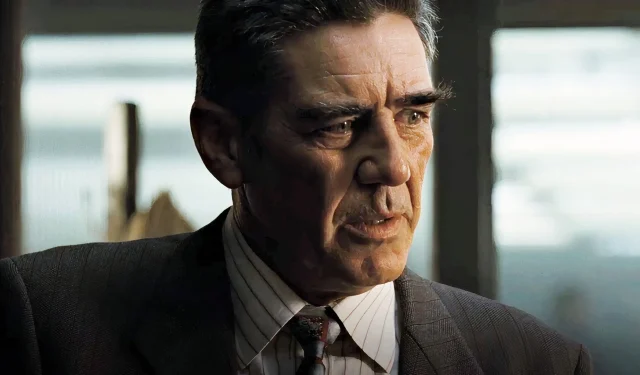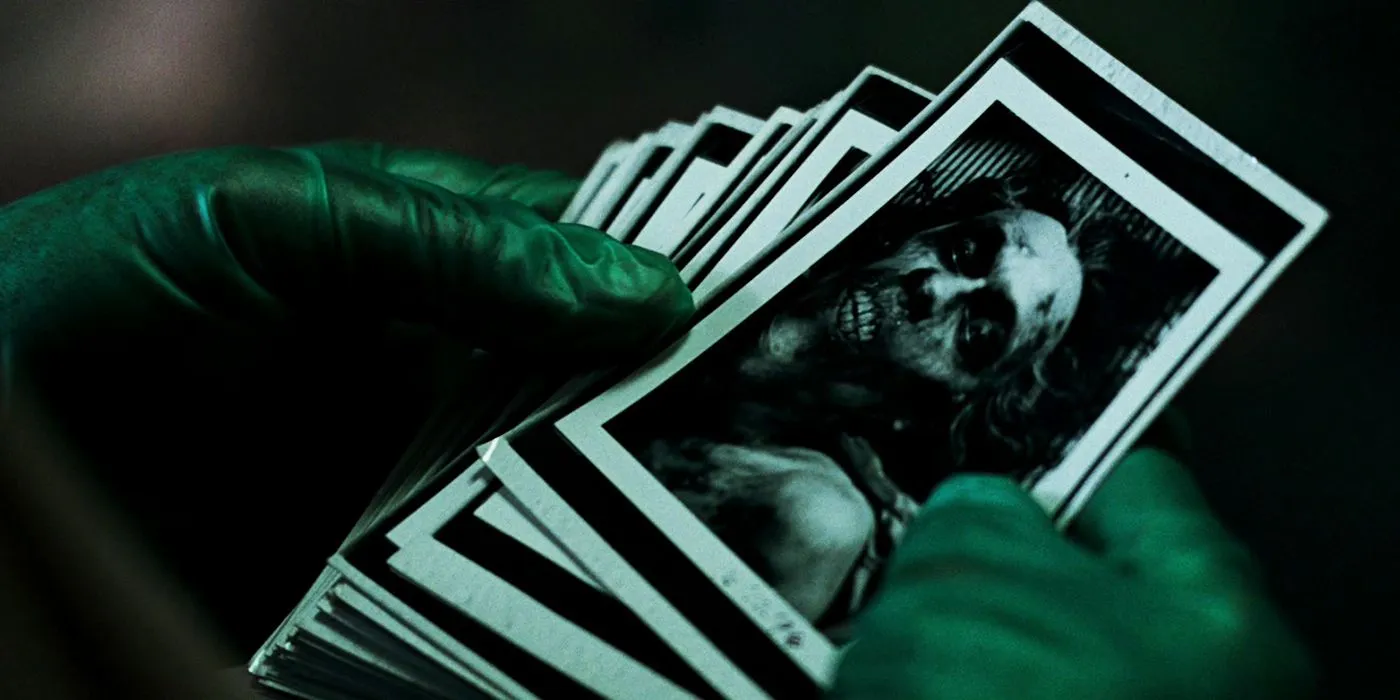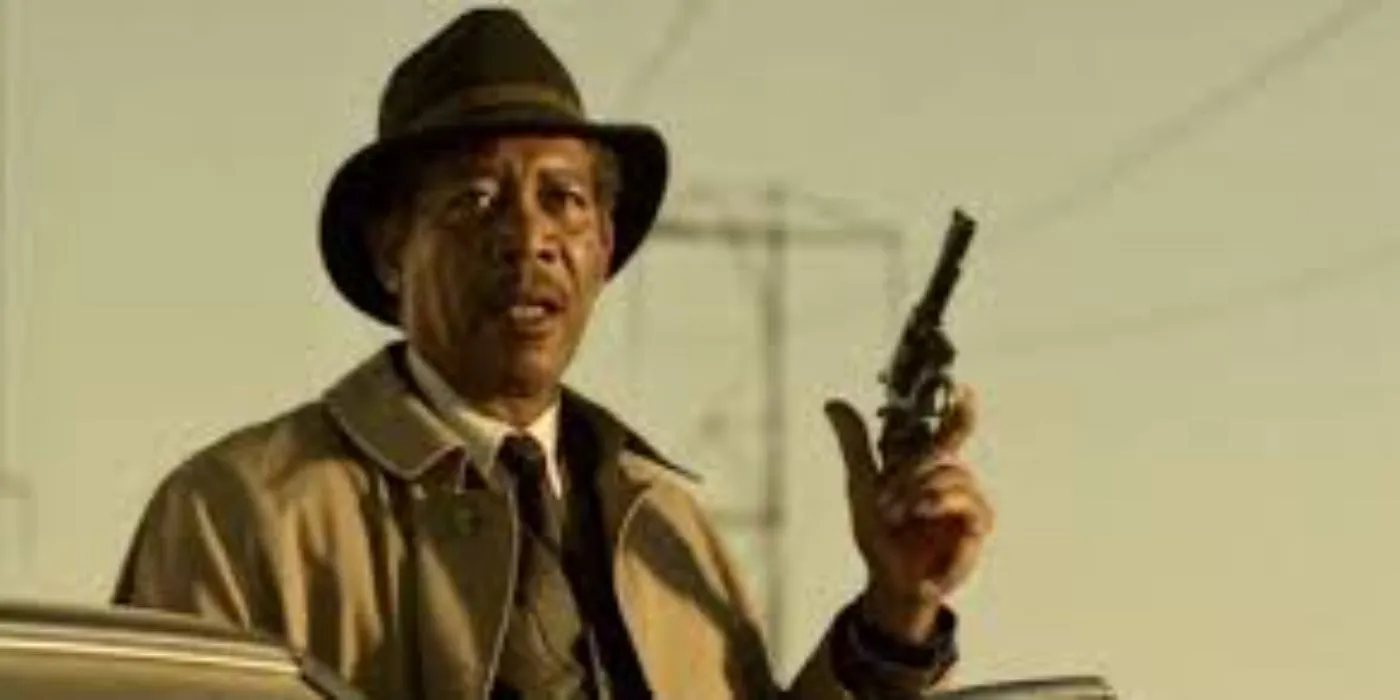
David Fincher’s cinematic journey has been marked by a relentless pursuit of perfection, particularly in his exploration of dark themes, including those revolving around serial killers. With acclaimed films like The Curious Case of Benjamin Button, The Social Network, and Mank earning him multiple Academy Award nominations for Best Director, Fincher has cemented his status as one of the finest directors of our time. Although he commenced his career in music videos, his first foray into feature films came with Alien 3 in 1992—a project he later distanced himself from due to significant studio interference. His breakout success was achieved with the 1995 crime thriller, Seven.
Throughout his career, Fincher’s fascination with serial killer narratives has remained a central theme. This is exemplified not only in Seven but also in films such as Zodiac, which chronicles the investigation of the infamous Zodiac Killer, and The Girl with the Dragon Tattoo, a gripping adaptation of Stieg Larsson’s novel. Additionally, he has taken on the role of executive producer and director for the Netflix series Mindhunter, which delves into the minds of imprisoned serial killers through interviews conducted by FBI agents.
David Fincher’s Innovative Use of Technology in Seven
A Long-Standing Concern Addressed with Modern Tech


For the 30th anniversary re-release of Seven, director David Fincher took the opportunity to rectify a key oversight that had troubled him for three decades. The film features a robust cast including Brad Pitt, Morgan Freeman, and Gwyneth Paltrow, whose performances have resonated with audiences since its original release.
In a recent conversation with Collider, Fincher disclosed an intriguing enhancement he made using artificial intelligence for the film’s 4K re-release. He described the process of utilizing AI to correct an awkward camera pan, restoring the continuity of a leather jacket and blending backgrounds from various takes. This approach showcases how contemporary technology can facilitate subtle yet impactful improvements without altering the essence of the performances.
There was a sequence where two actors, who shall remain unnamed, are meeting at a bar to discuss their kind of collective ennui about the case in front of them. This was a one-night shoot, and we had to move very, very quickly, and we had to load in. We shot the thing, I don’t know, probably close to eight or nine hours, and I had 14 or 15 takes of each setup, and there’s probably like five or six setups, but when you pick the ones that mean the most to you in terms of a performance, every once in a while, you’re going to have technological malfeasance.
In this case, there was this unasked-for and unearned camera pan where a character moved, and then the camera panned over to follow them but followed them late and overshot them and ended up seeing more of the bar than was intended. But the performance in it was so good that we went with it. Well, in this case, we can take that and go, “What’s the issue here with stabilizing this pan that happens at such an inopportune time?”There was no issue in terms of the background. We had enough of the background, but at the beginning of it, we had cleaved off one of the actor’s shoulders, and he’s wearing a black leather jacket, and there’s no data. We don’t know how that shoulder connects to the sleeve and the kind of supple wrinkling and deformation of the leather in that jacket. So I asked, “Based on these other takes that we have, can we restore this jacket so that I can take this pan out because this pan happens at such a clumsy time? It’s right as I want to watch a reaction, and the camera’s moving.”And we didn’t know if we could.
So, we took three or four different shots from earlier, which had a jacket in them that we liked, and then we input that, and then we had it spit back out AI, and then took the background from where the camera landed and just composited them together. So, it ends up being the most thrillingly stupid fix in the world because if you see it, we didn’t do our jobs. And you probably won’t see it. You probably won’t be aware that it’s happened. But you look at it, and you just think to yourself, “It’s so nice that we can fix that kind of stuff today.”
Implications of Fincher’s AI Use for Seven‘s Re-Release
A Director’s Commitment to Detail
Watch Here
Fincher’s application of AI for enhancing Seven speaks volumes about his artistic integrity and meticulous nature. This instance underscores a commitment to precision rather than engaging in broader debates regarding AI’s role in creative fields. Rather than replacing human creativity or altering performances, Fincher has utilized AI as a sophisticated tool to refine his work, ensuring the film’s original intent and quality are preserved.
Mark your calendars: Seven will be released on 4K Ultra HD on January 7, 2025.
Source: Collider




Leave a Reply